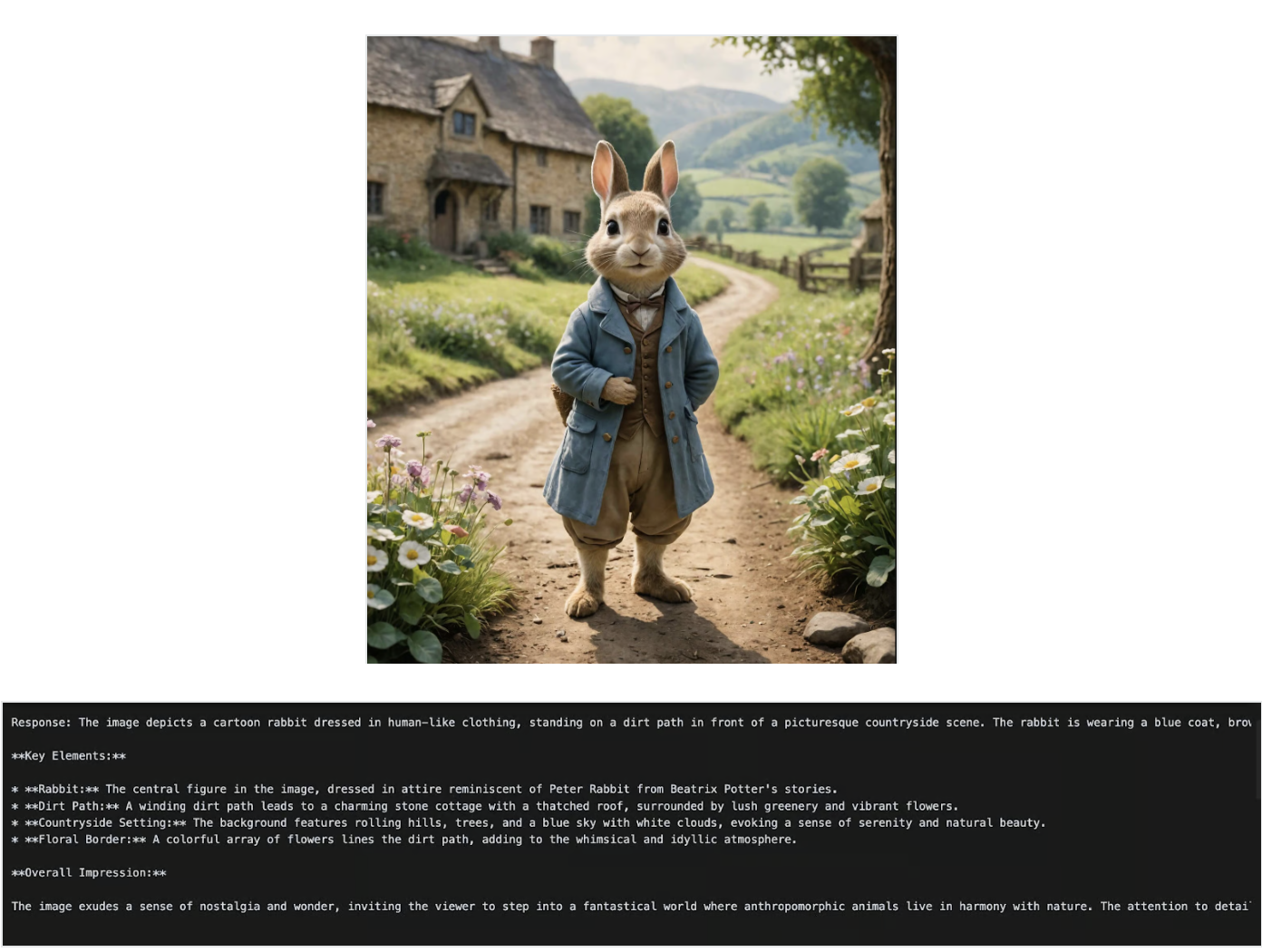Read the full article on DataCamp: LLaMA 4 With vLLM – A Guide With Demo Project
Learn how to deploy and use Meta’s LLaMA 4 Scout with vLLM on RunPod for both text completion and multimodal inference.
Overview
Meta’s latest models, LLaMA 4 Scout and Maverick, offer long-context, multimodal understanding, and efficient inference. Paired with vLLM, a high-throughput inference engine, you can deploy these models using OpenAI-compatible APIs on GPUs like H100.
In this tutorial, you’ll learn to:
- 🚀 Deploy LLaMA 4 on RunPod
- 💬 Run a local chat interface with multi-turn support
- 🖼 Perform multimodal inference (text + image) using vLLM
Why Use LLaMA 4 on vLLM?
vLLM is a high-performance LLM engine featuring:
- ✅ Efficient PagedAttention memory
- 🖼 Multimodal + long-context (up to 10M tokens)
- 🔄 OpenAI-compatible API
- 🧠 Supports multi-GPU scaling (tensor + memory parallelism)
Hosting LLaMA 4 Scout on RunPod
Step 1: Set Up RunPod
- Log in at RunPod.io
- Add $25+ to your balance
Step 2: Deploy a Multi-GPU Pod
- Select 4x H100 NVL GPUs (>=24 GB VRAM)
- Choose PyTorch 2.4.0
- Set Container + Volume Disk to 1000 GB
- (Optional) Add Hugging Face token for auto-download
Step 3: Connect to the Pod
Use either:
- JupyterLab Terminal
- SSH or HTTP
Step 4: Install vLLM and Libraries
pip install -U vllm
pip install transformers accelerate pillow
Step 5: Launch LLaMA 4 on vLLM
VLLM_DISABLE_COMPILE_CACHE=1 vllm serve meta-llama/Llama-4-Scout-17B-16E-Instruct \
--tensor-parallel-size 4 \
--max-model-len 100000 \
--override-generation-config='{"attn_temperature_tuning": true}'
✅ Your API is now running on port 8000!
Text Completion With LLaMA 4 Scout
Step 1: Install and Import SDK
pip install openai colorama
from openai import OpenAI
from colorama import Fore, Style, init
Step 2: Initialize OpenAI-Compatible Client
init(autoreset=True)
client = OpenAI(
api_key="EMPTY",
base_url="http://localhost:8000/v1"
)
Step 3: Start Chat Interface
messages = [{"role": "system", "content": "You are a helpful assistant."}]
while True:
user_input = input("User: ")
if user_input.lower() in ["exit", "quit"]: break
messages.append({"role": "user", "content": user_input})
chat_response = client.chat.completions.create(
model="meta-llama/Llama-4-Scout-17B-16E-Instruct",
messages=messages
)
assistant = chat_response.choices[0].message.content
print("Assistant:", assistant)
messages.append({"role": "assistant", "content": assistant})
Multimodal Inference With LLaMA 4 Scout
Step 1: Install and Import
pip install openai
from openai import OpenAI
Step 2: Connect Client
client = OpenAI(
api_key="EMPTY",
base_url="http://localhost:8000/v1"
)
Step 3: Submit Multimodal Prompt
messages = [
{
"role": "user",
"content": [
{"type": "image_url", "image_url": {"url": image_url1}},
{"type": "text", "text": "Can you describe what's in this image?"}
]
}
]
chat_response = client.chat.completions.create(
model="meta-llama/Llama-4-Scout-17B-16E-Instruct",
messages=messages,
)
print("Response:", chat_response.choices[0].message.content)
📸 This will process image + text input and return a grounded visual answer!
Conclusion
In this guide, we:
- 🚀 Deployed LLaMA 4 Scout on RunPod with vLLM
- 💬 Built a terminal-based chatbot
- 🖼 Ran a multimodal Q&A demo
- 🧪 Explored OpenAI-compatible endpoints
LLaMA 4 with vLLM is ideal for:
- Long-context reasoning
- Multimodal assistants
- Cost-effective GPU deployment


Comments